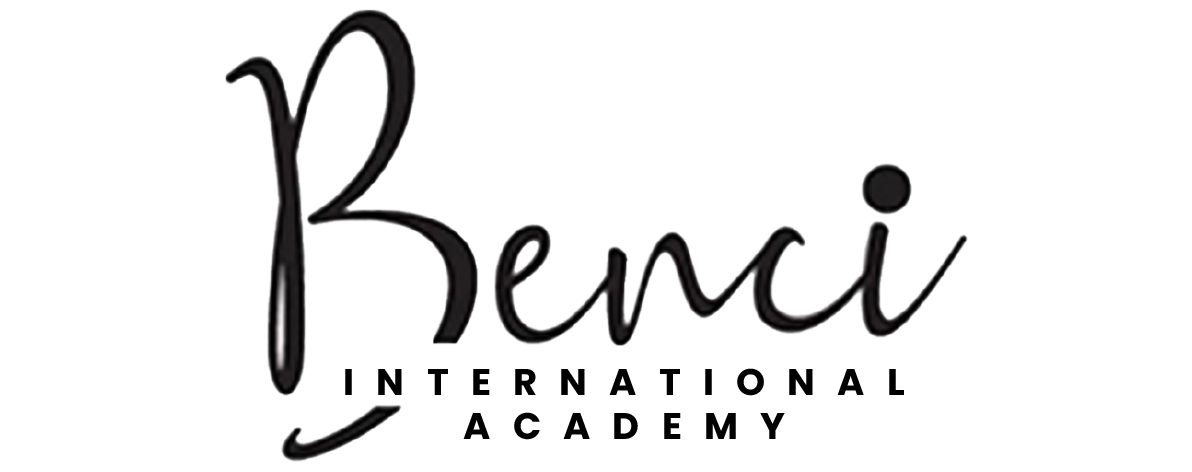Pregnancy is a beautiful and transformative experience, but it can also bring about various physical discomforts and stress on the body. Many expectant mothers seek ways to alleviate these discomforts and promote relaxation during pregnancy. One effective and nurturing approach is prenatal massage. In this article, we will explore the benefits of prenatal massage, its safety considerations, and how it can help ease the common discomforts that often accompany pregnancy.
The Benefits of Prenatal Massage
Prenatal massage, specifically designed for pregnant women, offers a range of benefits that can enhance the overall well-being of expectant mothers. Here are some of the advantages:
1. Stress Reduction: Pregnancy can be a time of increased stress due to physical changes, hormonal fluctuations, and the anticipation of childbirth. Prenatal massage promotes relaxation, reduces anxiety, and helps release “feel-good” hormones like serotonin and dopamine.
2. Pain Relief: Expectant mothers often experience musculoskeletal pain, including back pain, sciatica, and neck tension. Prenatal massage focuses on alleviating these discomforts by targeting specific muscle groups, improving circulation, and reducing muscle tension.
3. Improved Sleep: Sleep disturbances are common during pregnancy, and poor sleep can exacerbate pregnancy-related fatigue. Prenatal massage can aid in better sleep by relaxing the body and promoting a sense of calm.
4. Swelling Reduction: Edema, or swelling, is a common issue during pregnancy, especially in the legs and ankles. Massage techniques can help stimulate the lymphatic system, assisting in reducing swelling and fluid retention.
5. Headache Relief: Hormonal changes during pregnancy can lead to headaches. Gentle head and neck massages can alleviate tension and provide relief from headaches.
6. Enhanced Mood: Hormonal fluctuations can affect mood during pregnancy. Prenatal massage can help stabilize mood and reduce symptoms of depression and anxiety.
Safety Considerations for Prenatal Massage
Prenatal massage, when performed by a trained and certified therapist, is generally safe for most pregnant women. However, there are some important safety considerations to keep in mind:
1. Timing: Prenatal massage is typically safe throughout all stages of pregnancy. However, it’s advisable to wait until the second trimester, as the first trimester is a critical time for fetal development, and some women may experience morning sickness and heightened sensitivity to touch.
2. Positioning: A skilled prenatal massage therapist will use specialized positioning with pillows and bolsters to ensure the comfort and safety of the expectant mother. Lying flat on the back for extended periods should be avoided, especially in the later stages of pregnancy, as it can reduce blood flow to the uterus.
3. Pressure: Prenatal massage involves gentler pressure than regular massage. Deep tissue massage and certain pressure points, especially around the ankles and wrists, should be avoided to prevent potential complications.
4. Consultation: Always consult with your healthcare provider before scheduling a prenatal massage, especially if you have any high-risk conditions, such as preeclampsia, gestational diabetes, or a history of preterm labor.
5. Choose a Qualified Therapist: Ensure that your massage therapist is certified in prenatal massage. They should be knowledgeable about the specific needs and considerations of pregnant clients.
Easing Common Pregnancy Discomforts with Prenatal Massage
Now, let’s explore how prenatal massage can address some of the most common discomforts experienced during pregnancy:
1. Back Pain: Prenatal massage focuses on relieving tension in the lower back by using techniques that target the lumbar area. This can provide significant relief from the strain caused by the growing uterus.
2. Sciatica: Sciatic nerve pain is common during pregnancy due to pressure on the sciatic nerve. Gentle massage and stretching can help alleviate this discomfort.
3. Leg Cramps: Leg cramps, often experienced at night, can be reduced through massage techniques that promote circulation and relaxation in the leg muscles.
4. Swollen Ankles and Feet: Prenatal massage can stimulate the lymphatic system, helping to reduce swelling and fluid retention in the ankles and feet.
5. Stress and Anxiety: The relaxation and stress-reduction benefits of prenatal massage can be particularly helpful in reducing feelings of stress and anxiety that can accompany pregnancy.
6. Headaches: Gentle head and neck massages can relieve tension and provide relief from pregnancy-related headaches.
Conclusion
Prenatal massage is a safe and effective way to ease the discomforts and stress that often accompany pregnancy. By promoting relaxation, reducing pain, and enhancing overall well-being, expectant mothers can experience a more comfortable and enjoyable pregnancy journey. However, it’s crucial to consult with your healthcare provider and choose a qualified therapist to ensure the safety and effectiveness of prenatal massage. With the right precautions in place, prenatal massage can be a valuable tool for nurturing both the body and the spirit during this special time of life.



